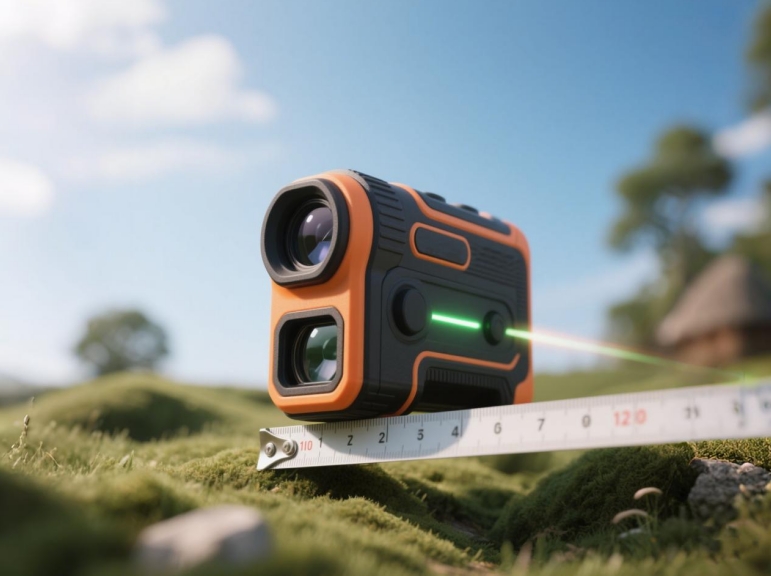Range resolution refers to the ability of a laser rangefinder to distinguish between two objects that are located very close to one another. In more technical terms, it is the minimum detectable difference in distance between two targets that the device can effectively measure. This parameter is integral to the performance of the rangefinder, as it governs how finely the device can discern spatial variations in the environment. In simpler terms, if the range resolution is high, the laser system can differentiate between targets that are only slightly apart, which directly impacts the quality and precision of the measurements.

The accuracy of any measurement, whether it’s for surveying, mapping, or industrial inspection, is closely tied to range resolution. A laser rangefinder with higher resolution will offer a more precise measurement by identifying even minute differences in distance between objects. For instance, when measuring the height of structures or mapping land contours, a high-resolution rangefinder can provide clear distinctions between objects that may appear indistinguishable with lower-resolution equipment.
An important concept to grasp is that the accuracy of a measurement can degrade significantly when range resolution is insufficient. Even a minor error in distinguishing distances between objects can compound over large areas or long distances. As such, achieving a high level of range resolution is essential to ensure data integrity and operational success, particularly in applications requiring high precision.
Applications in Surveying and Mapping
In surveying and mapping, where the goal is to create detailed, accurate representations of geographical areas, range resolution plays a pivotal role. Land surveyors, for example, rely on laser rangefinders to measure the distance to a variety of objects, from trees to buildings, with millimeter-level accuracy. In these environments, a laser rangefinder’s ability to discern slight variations in distance can be the difference between a high-quality map and one with significant errors.
For example, when mapping a rugged terrain, a laser with higher range resolution ensures that even small topographical features, like rocks and small depressions, are captured with clarity. Without high range resolution, subtle details would be blurred, potentially compromising the quality of the data. This becomes especially crucial when surveying areas for construction projects, infrastructure, or environmental studies, where precision is paramount.

Impact on Autonomous Systems and UAVs
For autonomous systems, including drones and unmanned aerial vehicles (UAVs), high range resolution in laser rangefinders is indispensable. These systems often operate in environments where objects are closely packed, such as urban settings, forests, or even industrial sites. The precision needed to navigate and avoid obstacles, or to carry out aerial surveys, hinges on the device's ability to detect small variations in distance.
Consider a UAV tasked with inspecting power lines or other critical infrastructure. The rangefinder must be able to distinguish between the lines and nearby structures, such as trees or buildings, to navigate safely. Low-range resolution would result in errors, potentially causing the UAV to miss hazards or misinterpret distances, which could lead to accidents or inaccuracies in data collection.
In these scenarios, the range resolution determines the system’s reliability, particularly when safety is a concern. As technology advances, the need for ultra-high-resolution systems will continue to rise, ensuring that autonomous systems can operate in increasingly complex and dynamic environments without risk.
In conclusion, range resolution is a key factor in the performance of laser rangefinders, influencing the accuracy and quality of measurements across a variety of applications. Whether it's ensuring precision in surveying and mapping or enabling the safe operation of autonomous systems, the importance of range resolution cannot be overstated. As industries continue to demand greater levels of detail and accuracy, the evolution of laser technology will likely bring even higher levels of range resolution, pushing the boundaries of what these devices can achieve.
PREV